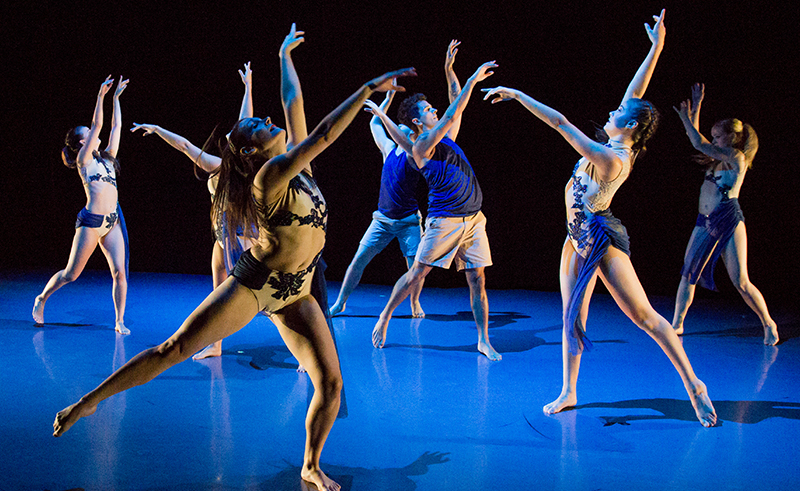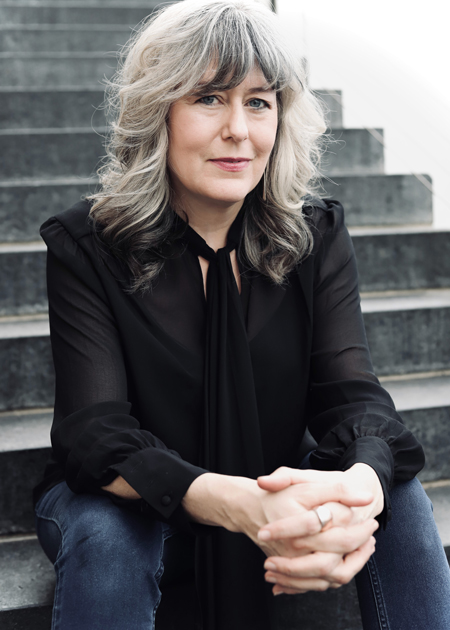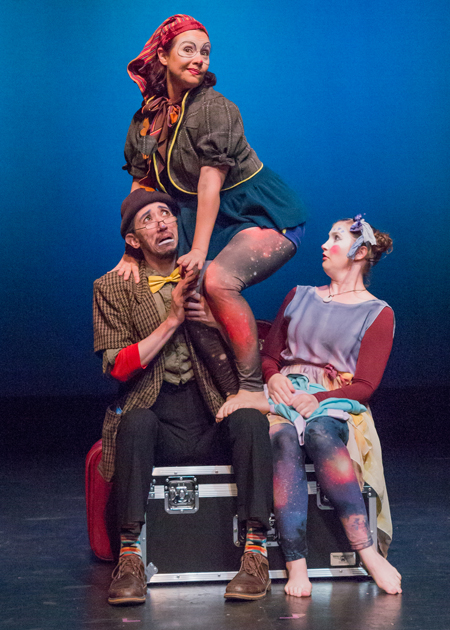
With 289 live shows, 57 productions, 23 visual artists, and 13 venues, the 18th Annual KC Fringe Festival is back from July 15-31. After two years of virtual performances, the festival is again connecting artists and audiences all over the city.
This year, KC Fringe has a new leader at the helm, executive director Audrey Crabtree, who took the reins from Cheryl Kimmi earlier this year. IN Kansas City interviewed Crabtree on her background as a performer and the vision she has for the city’s largest arts festival.

You’ve performed at several different Fringe festivals around the world. How did you first get started?
The first time I ever produced any original theater was here in Kansas City. Shortly after college, I worked with Gorilla Theater. They used to do the Summer Solstice recharging on the steps of The Nelson, and I got to do two of those. I moved to Minneapolis where I did my first Fringe … one of my best friends and I talked about moving to New York. We had done a show we were going to do in the Minnesota Fringe, but we decided to apply, and so we got into the New York Fringe Festival and decided to move there.
What drew you to Kansas City’s Fringe?
In Brooklyn, we spent a lot of time talking about what our role and responsibility is in theater, and part of our job is to go out, learn, create, understand, and then bring it back home. So, I always knew I would end up back in Kansas City, I just wasn’t sure when or how. I spent a lot of time here during the pandemic and saw this position become available… Reading that job description I’m like, “oh, that’s what my next step is.” So far, it’s been amazing. The last time I lived here permanently was in 1993, and now it’s a totally different city. The arts have grown so much.
This is the first in-person KC Fringe in two years. Will things look different this year?
We’re doing some things that haven’t been done in Kansas City before at the after parties. We’re doing some fun events like Cringe Fringe Prom. Then we also have this show that’s pretty high-level art. It’s a long-standing touring Fringe show that’s one night only. All I can tell you about it other than that it’s amazing is, “a young man, dressed as a gorilla, dressed as an old man, sits in a rocking chair for 56 minutes and then leaves.”

There are almost 300 live shows part of KC Fringe this year. What’s your advice for navigating the festival?
If you’re not sure what you want to see then you must see the opening night party. Every performer will present 60 seconds of material and then hang out. That is a free event and people will get a chance to meet the artists and find out what shows are interesting to them.
Moving forward, what’s your ultimate vision for KC Fringe?
For our staff, audience, and artists to match the diversity that is in our city. A big push is to change the way we structure the festival so we can give a higher percentage of money back to the artists. Part of Fringe all over the world is that it’s a pipeline—often the first time someone produces. If you’ve never put on a show before there are a lot of elements you maybe don’t know about, so we help with a lot of things, offer advice, and coach workshops. We’re trying to build the next generation of artists. I want to be more inclusive and provide more opportunities for the artists—whatever their background is.
This interview has been lightly edited for length and clarity.


